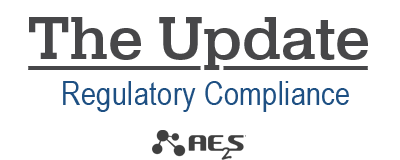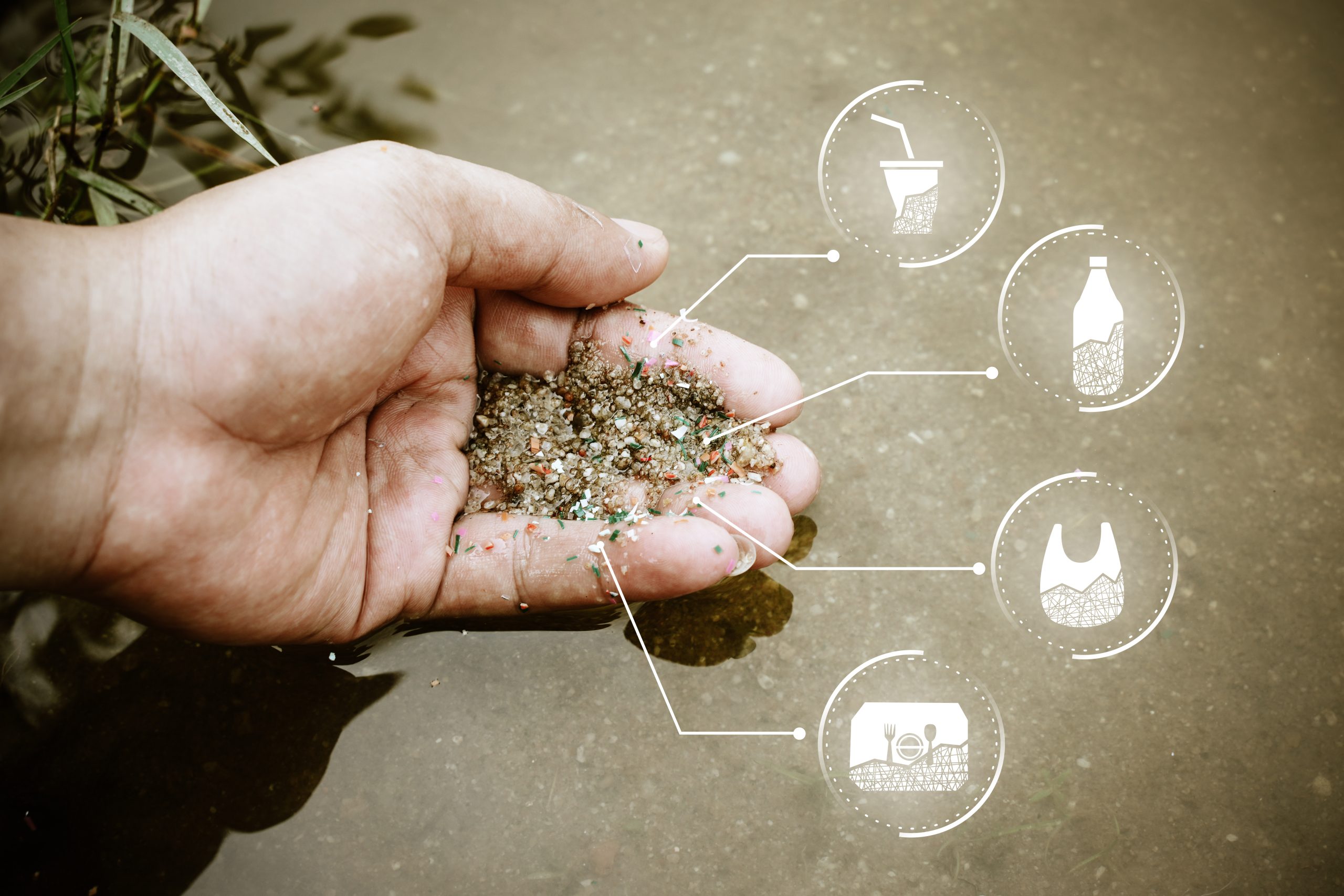The new year brings questions about the regulatory outlook. December 16th marked the 50th anniversary of the Safe Drinking Water Act (SDWA), representing a milestone event allowing the United States Environmental Protection Agency (USEPA) to regulate the quality of water delivered to the public through a series of drinking water regulations that continue to evolve.
A hallmark of AE2S service is tracking contaminants that may be considered for future regulatory action. Lately, the primary focus has been on the Lead & Copper Rule Revisions/Improvements and per- and polyfluoroalkyl substances (PFAS), as USEPA finalized regulations for these contaminants in 2024. You may be asking, “What’s next?” Though we don’t have a crystal ball to see the regulatory future, AE2S is paying close attention to microplastics.
Microplastics = The Next Everywhere Contaminant?
The USEPA continues to identify contaminants of concern, which serve as the source of candidates for the lists included in the Unregulated Contaminant Monitoring Rule (UCMR) framework. A few emerging contaminants have been identified for potential future regulation, with significant concerns expressed for microplastics, which are particles less than 5 millimeters and are often microscopic (nanoplastics). Categories include primary microplastics such as the pellets and beads in personal care products, toothpaste, and cosmetics that are meant to exfoliate skin or polish teeth. Secondary microplastics are generated from larger debris like bottles, bags, toys, etc. Modern society has become dependent on plastic, and the inappropriate disposal of single use plastic products, i.e. littering, is contributing to the contamination of our water resources on a global scale.
What Do and Don’t We Know?
Plastic particles enter the human body through the air we breathe, the liquids we drink, and the food we eat. Research indicates that the ingestion of microplastic particles can cause neurological, respiratory, cardiovascular, and metabolic disorders as particles less than 100 nanometers in size can enter the bloodstream. More research is needed and is being completed to better understand the direct impact of microplastics on human health and what concentration levels may pose health risks. This information is used by USEPA, along with occurrence data, to determine whether a contaminant should be regulated.
Recent studies show a 1-liter bottle of water obtained at a convenience/grocery store contains an average of 240,000 plastic particles, with over 90% in the nanoplastic size range – each twist of the bottle cap generates 500 microplastic particles via friction. This makes tap water look like a pretty good option; however, testing has shown that tap water is not immune from microplastics contamination.
Similar to the One Water scope of PFAS, wastewater utilities are also included in conversations about microplastics. Some legal experts suggest liability claims could make PFAS settlements in the range of $15 billion look minor in comparison.
“The actual plastic can be problematic, but it can also serve as a nucleation site for other contaminants, including providing ‘safe harbor’ for pathogens to evade disinfection. Microplastics are also particularly problematic for treatment because they are generally neutrally buoyant and can pass through many of our traditional treatment processes,” explains Scott Schaefer, AE2S Practices Director and wastewater engineer.
What are the Takeaways?
This information is being provided for general awareness and to share knowledge about microplastics. AE2S will continue to monitor this subject as well as the wider regulatory outlook. New developments will be provided in this newsletter, The Update. If you have regulatory questions, contact Nate Weisenburger, AE2S Drinking Water Practice Leader.

